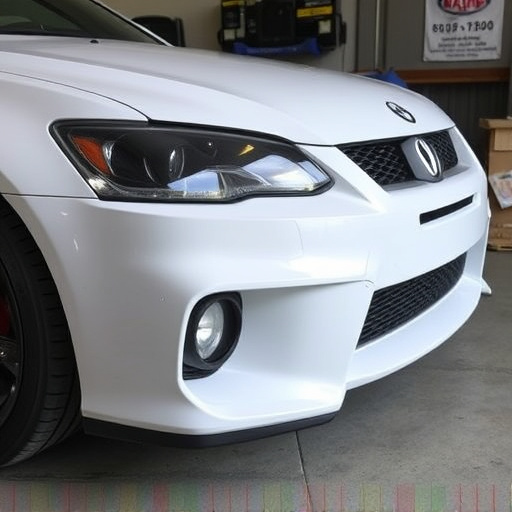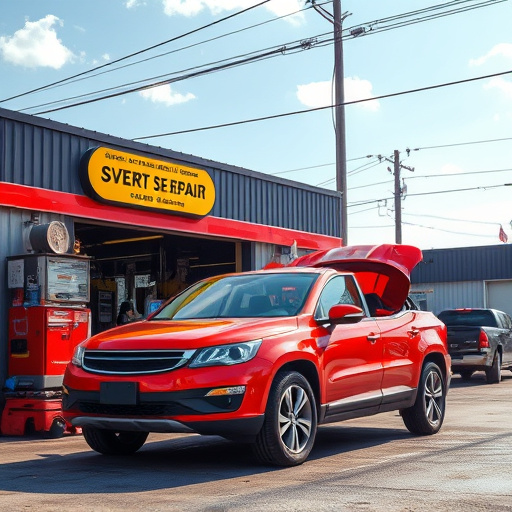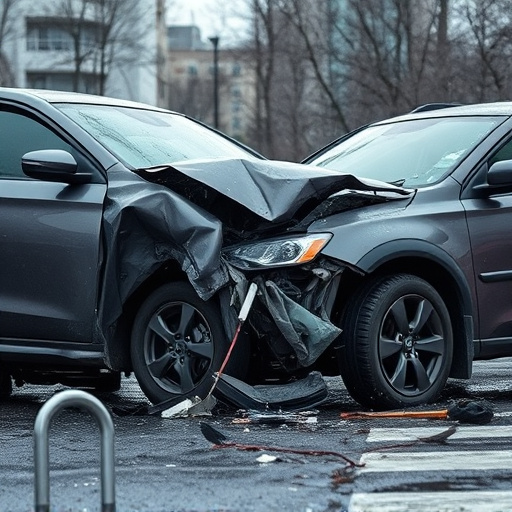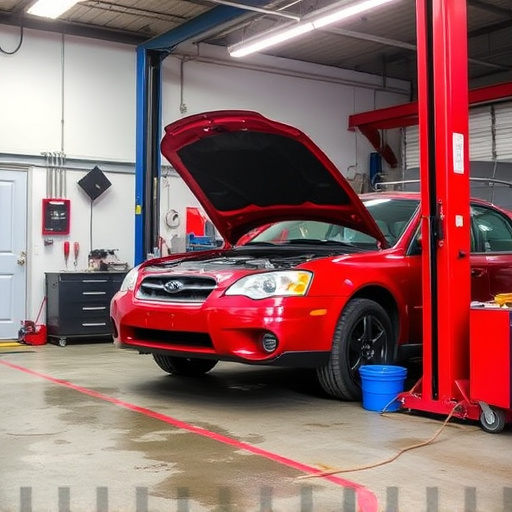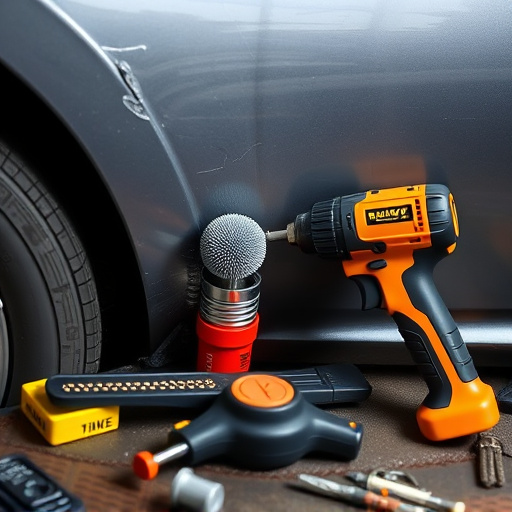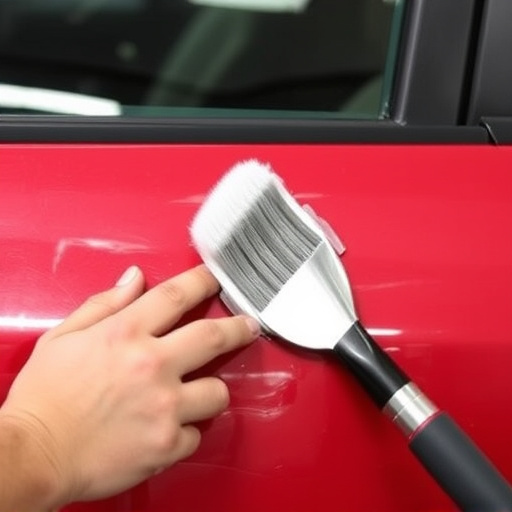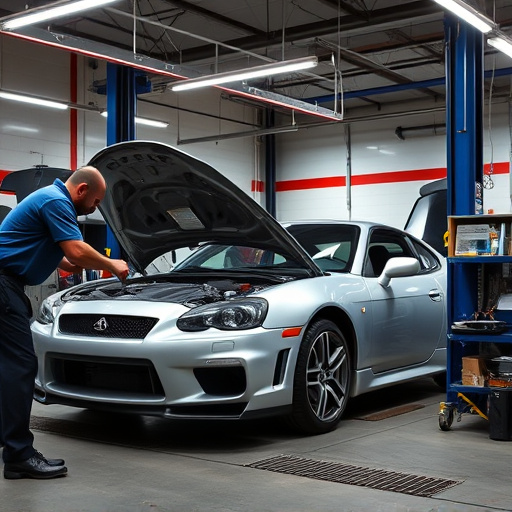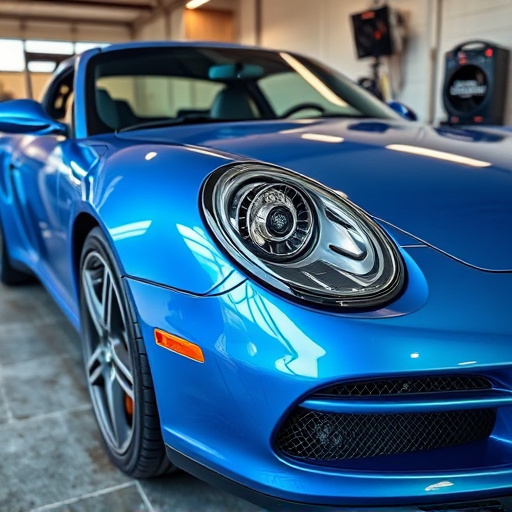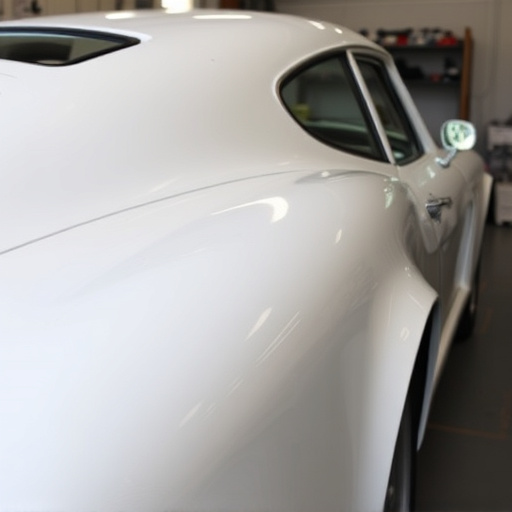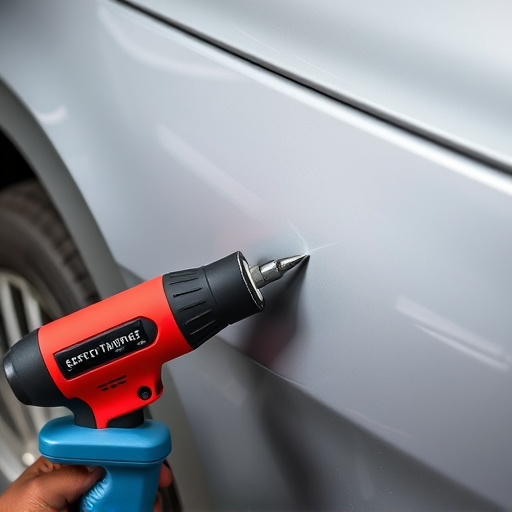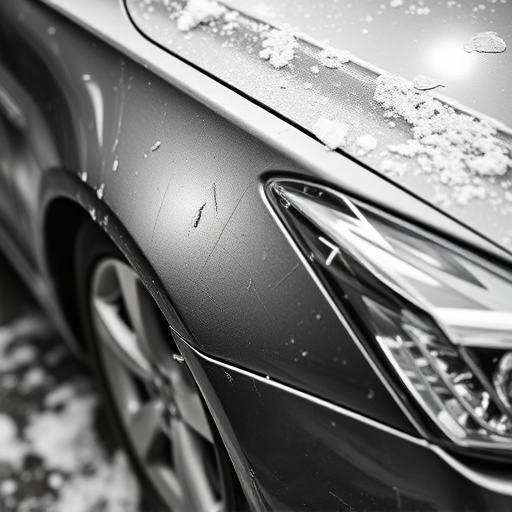Blending panels are essential tools for automotive body shops, offering precise and durable repairs for collision and hail damage. Skilled technicians seamlessly integrate new or repaired parts with existing bodywork, matching color, texture, and contour to restore pre-damage conditions. This intricate process is vital for bumper and trim repairs, providing high-quality solutions that meet factory standards and maintain vehicle aesthetic integrity.
Blending panels has emerged as a game-changer in the auto body repair industry, particularly for collision repairs. This innovative technique involves seamlessly integrating replacement panels with existing vehicle surfaces, ensuring a perfect fit and invisible mend. Understanding how blending panels work is crucial for achieving high-quality bumper and trim restorations. This article delves into the process, techniques, benefits, and challenges of using blending panel systems in collision repair, providing a comprehensive guide for professionals aiming to master this advanced restoration method.
- Understanding Blending Panels for Collision Repairs
- Integrating Panels: Bumper and Trim Restoration Techniques
- Benefits and Challenges of Blending Panel Systems in Auto Bodywork
Understanding Blending Panels for Collision Repairs
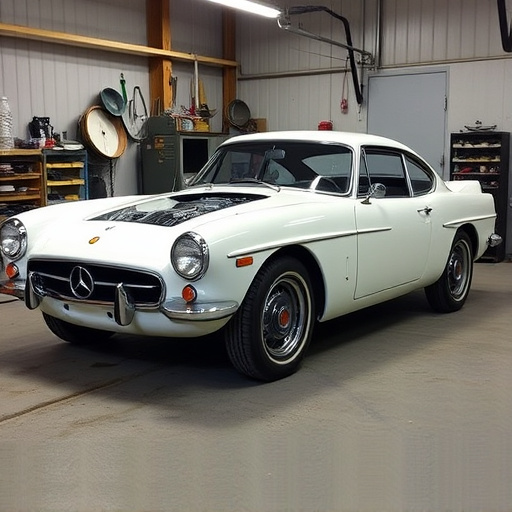
Blending panels are an essential tool in the automotive body shop for collision repairs and hail damage repair. These specialized panels are designed to seamlessly integrate with vehicle bodywork, offering a durable and nearly invisible fix for dents, dings, and scratches caused by accidents or harsh weather conditions like hailstorms. By using blending panels, skilled technicians can restore vehicles to their pre-damage condition, ensuring both aesthetic appeal and structural integrity.
In the world of vehicle bodywork, understanding the science behind blending panels is crucial. The process involves precisely matching the color, texture, and contour of the damaged area to ensure a perfect blend with the surrounding trim and bumper. This meticulous craftsmanship not only hides imperfections but also prevents further damage during the repair process. Blending panels are particularly useful for trim repairs and bumper replacements, allowing automotive body shops to provide high-quality, long-lasting solutions that meet or exceed factory standards.
Integrating Panels: Bumper and Trim Restoration Techniques
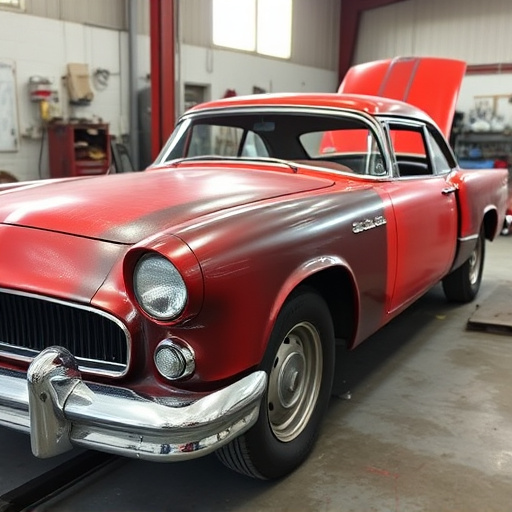
When it comes to bumper and trim repairs, integrating panels is a crucial skill for any vehicle body shop. This technique involves seamlessly blending new or repaired sections with the existing car body, ensuring a flawless finish. Skilled technicians use specialized tools and expertise to match the color, texture, and contour of the original parts. The process starts by preparing the surface, often involving sandblasting or using specific primers to create a clean canvas for application.
In a car repair shop, blending panels is an art that requires precision and attention to detail. It’s not just about attaching a new panel; it’s about restoring the vehicle’s aesthetic integrity. Technicians must consider the unique curves and angles of each component, especially in complex areas like door sills or fenders. This meticulous approach guarantees that the repaired sections blend seamlessly with the rest of the vehicle body, leaving no visible signs of damage from the collision.
Benefits and Challenges of Blending Panel Systems in Auto Bodywork
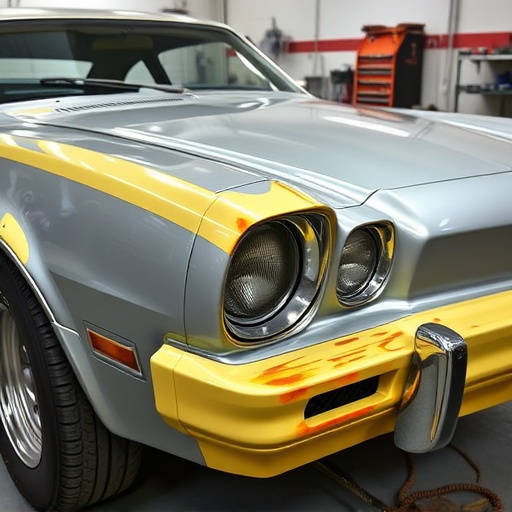
Blending panels offer several advantages for collision repair and bumper/trim restoration. One of their key benefits is precision and aesthetics; this technique allows for seamless integration of replaced parts, ensuring a perfect match in terms of color and texture. This not only enhances the visual appeal but also maintains the vehicle’s overall value. Blending panels are particularly useful when dealing with complex geometric shapes, making them a preferred choice for car repair services focusing on scratch repair and body shop services.
However, there are challenges associated with this method. The process demands skilled technicians who can accurately assess and match the surrounding panel colors, especially in vehicles with intricate designs or those that have undergone previous repairs. Additionally, blending panels may not always be cost-effective for minor bumps or dings, as the labor involved can be extensive. Nonetheless, for more severe damage or when achieving a high-quality finish is crucial, blending panels offer an innovative solution, ensuring the car’s body looks as good as new.
Blending panels has emerged as a game-changing technique in collision repairs, offering efficient and effective solutions for bumper and trim restoration. By understanding the unique properties of blending panels and adopting appropriate integration methods, auto bodyshops can achieve seamless and visually appealing results. While this system presents numerous benefits, such as reduced repair times and minimal material waste, challenges like ensuring proper surface preparation and matching colors remain crucial considerations. As the demand for high-quality, cost-effective repairs grows, mastering blending panel systems will be key to staying competitive in the auto body industry.

